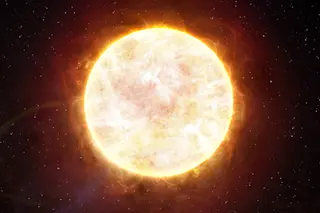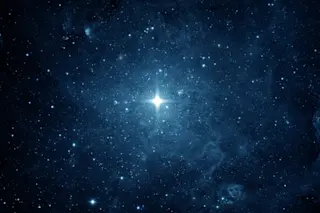Given that there are ambitious plans to colonize Mars in the near future, it is surprising how much we still have to learn about what it would be like to actually live on the planet. Take the weather, for instance. We know there are wild fluctuations in Mars’s climate – and that it is very windy and at times cloudy (though too cold and dry for rainfall). But does it snow? Might settlers on Mars be able to see the red planet turn white? A new study surprisingly suggests so.
Mars is clearly cold enough for snow. It has ice – the amount of which has varied significantly over time. When its axis is tilted at only a small angle relative to its orbit, its surface is ice-free except for the polar caps. This is the situation today, when its axial tilt is 25⁰ (similar to Earth’s 23⁰ axial tilt). ...














